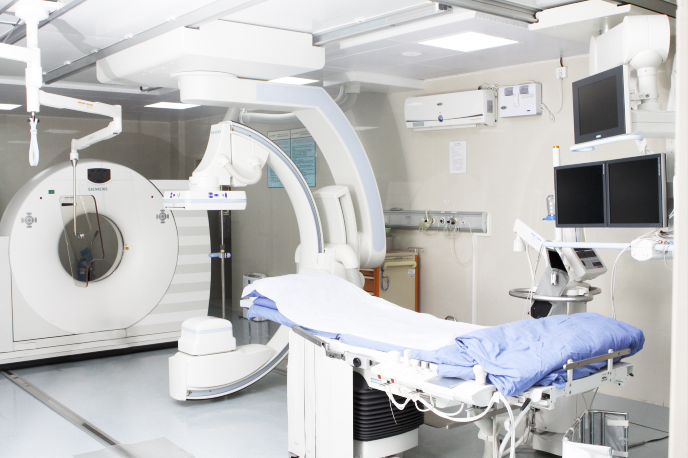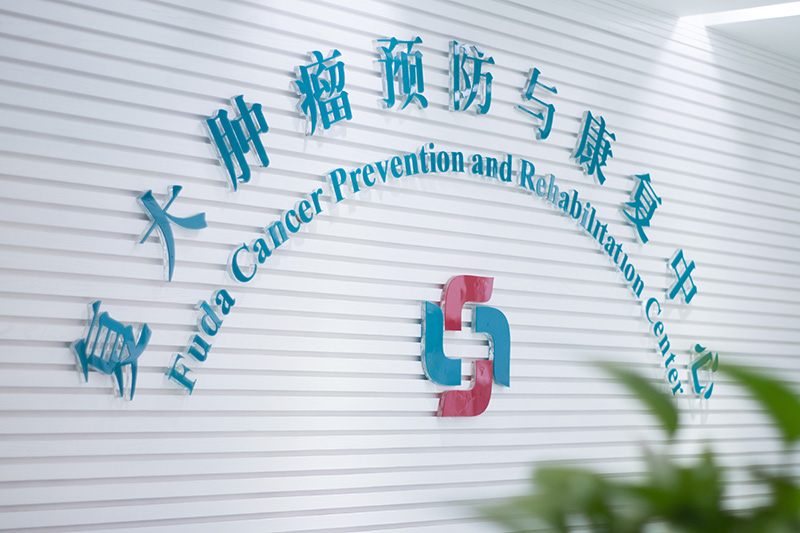Cancer is a severe health challenge that not only causes immense physical suffering but also places a heavy financial burden on patients and their families. In China, more than 4 million new cancer cases are diagnosed each year—on average, 7 people every minute. While patients actively seek effective treatment, one of their biggest concerns is the cost. Yet, cancer treatment expenses remain somewhat unclear, as they vary greatly depending on multiple factors.

1. Differences by Cancer Type
The type of cancer largely determines treatment costs. For example, in the case of lung cancer:
· Early-stage lung cancer: If surgery is possible and recovery is smooth without complications, the cost is about 50,000–100,000 RMB (USD 7,000–14,000).
· Middle to late stages: When treatment involves surgery, radiotherapy, chemotherapy, targeted therapy, and immunotherapy, the cost may exceed 300,000 RMB (USD 42,000+).
· Imported targeted drugs: For some non-small cell lung cancer treatments, one box of medicine costs over 10,000 RMB, and three boxes may be required monthly. Just the annual drug cost could surpass 300,000 RMB.
2. Impact of Treatment Methods
The choice of treatment has a direct and significant impact on cost. Main treatment options include surgery, radiotherapy, chemotherapy, targeted therapy, and immunotherapy.
· Surgery: Costs vary depending on complexity, body part, and whether minimally invasive techniques are used.
o Early-stage laparoscopic surgery: 50,000–80,000 RMB
o Advanced surgeries (open chest/abdomen): 150,000+ RMB
o Robotic-assisted surgery (Da Vinci system): 80,000–120,000 RMB
o Preoperative imaging (CT, MRI, PET-CT): 7,000–10,000 RMB per PET-CT
o Postoperative recovery: Intensive care, antibiotics, painkillers, and nutrition can add daily expenses of 500–1,000 RMB.
· Chemotherapy: Each cycle costs several thousand to over 10,000 RMB, with total costs reaching tens of thousands to over 100,000 RMB.
· Radiotherapy: Usually tens of thousands RMB to over 100,000 RMB.
· Targeted therapy and immunotherapy: Costs vary widely, from a few thousand RMB per month to tens of thousands, with some immunotherapy courses costing over 100,000 RMB.
3. Hospital and Regional Differences
Treatment costs also depend on hospital choice and location:
· Tier-1 cities (e.g., Beijing, Shanghai): Higher costs due to advanced technology and top specialists. Lung cancer treatment may cost 150,000–250,000 RMB.
· Smaller cities: Lung cancer treatment may cost 80,000–150,000 RMB.
· Hospital grade: Tertiary (Class A) hospitals generally charge more than secondary hospitals. For lung cancer surgery and follow-up treatment:
o Class A hospitals: 100,000–150,000 RMB
o Secondary hospitals: 80,000–120,000 RMB
4. Role of Medical Insurance
China’s health insurance system helps ease financial burdens, but policies differ by region. Common reimbursement ratios include:
· Urban employee insurance: 85% reimbursement under 40,000 RMB, 90% for 40,000–80,000 RMB, and 95% above 80,000 RMB.
· Rural cooperative medical scheme: 75% reimbursement at county-level hospitals; 65% at city-level hospitals.
· Urban/rural resident insurance: 50%–70% reimbursement for outpatient/inpatient cancer treatment.
· Special support programs: For some cancers like lung cancer, reimbursement can exceed 90%.
However, imported materials and new biotechnologies often have lower or no coverage, and private rooms are fully self-paid.
5. Additional Financial Aid
Patients may seek support beyond insurance:
· Charity foundations: The China Cancer Foundation, for example, provides up to 30,000 RMB annually.
· Pharmaceutical charity programs: Some drug companies offer “buy X, get Y free” programs. For instance, lenvatinib costs may be reduced to below 50,000 RMB per year.
· Clinical trials: Eligible patients may receive free treatment with new drugs, sometimes with travel subsidies.
6. Case Examples by Cancer Type
· Thyroid Cancer:
o Surgery: 30,000–50,000 RMB (including pre- and post-operative exams).
o Thyroid hormone pills: 100–300 RMB/month.
o Iodine-131 therapy: 8,000–15,000 RMB per session.
o Targeted drugs (e.g., lenvatinib): 10,000–20,000 RMB/month.
o Total cost: 50,000–80,000 RMB for early-stage patients.
· Liver Cancer (5-year span):
o Surgery: 50,000–150,000 RMB
o Liver transplant: 500,000–800,000 RMB, plus lifelong medication 50,000–100,000 RMB annually.
o Targeted therapy: 100,000–200,000 RMB/year (reduced to 30,000–80,000 RMB/year with insurance).
o Immunotherapy: 100,000–300,000 RMB/year (reduced to 50,000–150,000 RMB/year with insurance).
o Total: 150,000–300,000 RMB (early-stage) to 500,000–1,000,000 RMB (advanced).
· Colorectal Cancer (5-year span):
o Surgery: 50,000–100,000 RMB
o Chemotherapy (6–8 cycles): 30,000–80,000 RMB self-paid; 10,000–40,000 RMB with insurance
o Targeted drugs: 100,000–200,000 RMB/year, reduced to 50,000–120,000 RMB/year with insurance.
o Total: 100,000–200,000 RMB (early-stage) to 400,000–800,000 RMB (advanced).
7. Conclusion
Cancer treatment costs in China range from tens of thousands to over one million RMB, depending on cancer type, treatment approach, hospital choice, regional differences, and insurance coverage. Patients should learn about expected costs in advance, communicate closely with their doctors, and create a treatment plan that balances medical needs and financial capacity. By fully utilizing health insurance, charity programs, and clinical trials, patients can significantly reduce their financial burden while receiving effective treatment.

Guangzhou Fuda cancer Hospital is a specialized cancer hospital. Its charges cover items such as examinations, surgeries, treatments, Western medicine, traditional Chinese medicine, bed fees, and nursing care. There are inpatient medical insurance reimbursement policies, but the out-of-pocket portion still depends on the type of cancer, treatment methods, total expenses, and whether the items are included in the insurance catalog. It has been reported that a late-stage liver cancer patient underwent “argon-helium cryoablation + iodine-125 seed implantation” combined with microwave ablation at Fuda. The costs of such minimally invasive and interventional procedures are generally lower than those of traditional major surgeries.